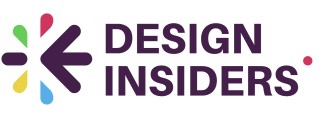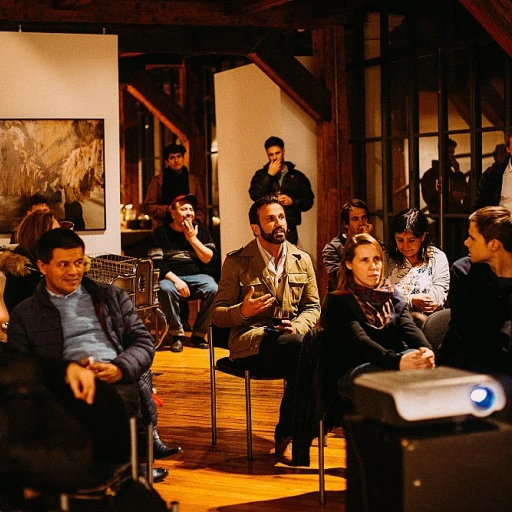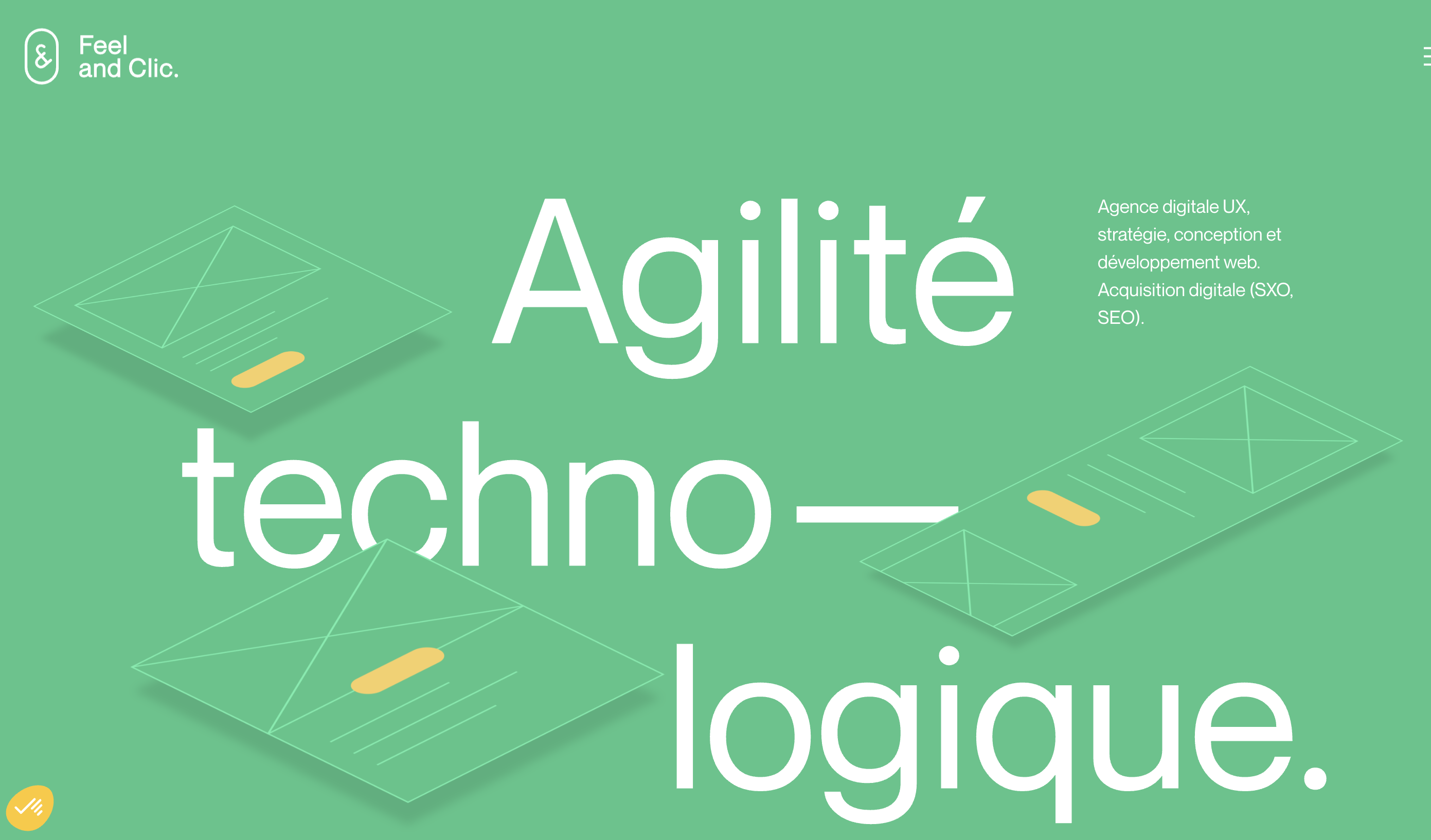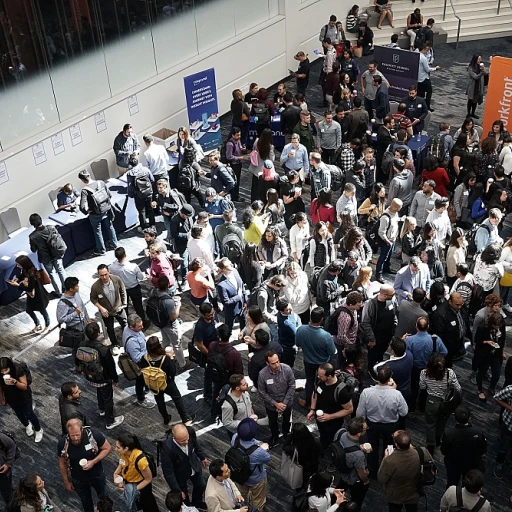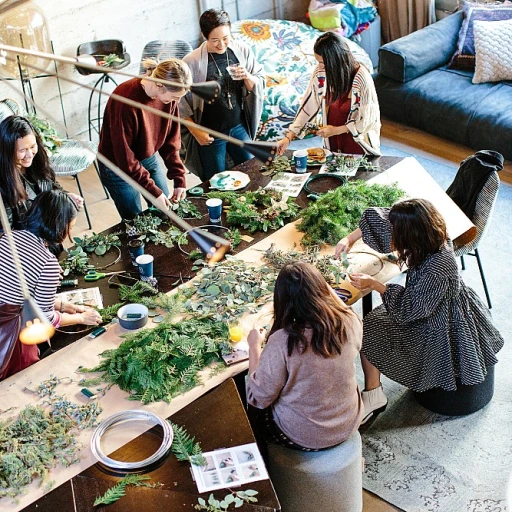The intersection of pop culture and design
Pop Culture Meets Design: A Dynamic Fusion
In the ever-evolving landscape of design, the intersection with pop culture is not only inevitable but also immensely influential. Pop culture serves as a vast reservoir of inspiration, offering designers a plethora of insights to create products and services that resonate with users on a personal level. This fusion is evident in various aspects of design, from the aesthetics of a product to the way a brand communicates with its audience.
Designers today are increasingly data-driven, leveraging real-time insights to understand the preferences and behaviors of their target audience. By tapping into the zeitgeist of pop culture, they can craft designs that are not only visually appealing but also culturally relevant. This approach not only enhances user engagement but also boosts marketing and sales performance.
Understanding the Impact of Pop Insights
The integration of pop insights into design is not just about following trends; it's about understanding the deeper cultural narratives that influence consumer behavior. By analyzing data sources such as social media, designers can gain a comprehensive overview of what resonates with their audience. This allows for informed decision-making, ensuring that the design aligns with user requests and expectations.
Moreover, platforms that offer insights into pop culture trends provide designers with the tools they need to stay ahead of the curve. These insights are crucial for developing unique and compelling content that captures the attention of users. As a result, designers can save time and resources by creating designs that are both innovative and effective.
For those interested in exploring how typography plays a role in creating captivating user experiences, this article offers valuable insights into the strategic use of fonts in design.
Historical evolution of pop insights in design
The Cultural Tapestry of Design Evolution
Over the period time, the historical evolution of design intertwined with "pop" phenomena has offered a kaleidoscopic insight into user experiences. The dynamic relationship between them is not only about aesthetics but also about functionality, forming a linear graph in user-centric design powered by data.
Initially, the incorporation of pop culture elements was primarily perceived as a marketing gimmick. Designers would draw from popular media, music, and celebrities to create an allure that captivated the masses. This approach was data-driven, influenced by social media trends and real-time user feedback, allowing creators to craft products and services reflecting the cultural zeitgeist.
As technology advanced, the data sources expanded, enabling individuals to delve deeper into pop insights that shaped the parameters of product development. Insights from customer reviews and social media engagements began to inform the design world, leading to content and platforms that better catered to evolving user requests and preferences. The resultant synergy ignited an evolution where content wasn’t merely consumed but interacted with, leveraging tools like insights platforms and developer APIs to streamline processes.
Today’s designers balance creative impulses with driven decisions based on meaningful pop insights. The total number of influenced designs has soared as the industry embraced a more data-driven approach, allowing for refined user experiences. Understanding the historical impact of such interactions aids brands in predicting future trends and user requirements.
Challenges in integrating pop insights
Balancing Creativity and Data-Driven Decisions
Integrating pop insights into design presents unique challenges, especially when trying to balance creativity with data-driven decisions. Designers often find themselves at a crossroads, where the allure of vibrant pop culture elements must align with practical, user-focused data. This balance is crucial for creating designs that resonate with users while achieving business objectives.
Data Privacy and User Trust
Another significant challenge is maintaining user trust while leveraging data insights. As designers tap into social media and other data sources to gather pop insights, they must navigate the complexities of privacy policies and user consent. Ensuring transparency in how user data is used can help build trust and encourage more users to engage with the platform.
Adapting to Rapidly Changing Trends
Pop culture is notoriously fast-paced, with trends evolving in real time. This dynamic nature requires designers to be agile and responsive, adapting their strategies to stay relevant. The enhancing user experience with animation can be a powerful tool in this context, allowing designers to quickly iterate and implement changes that reflect the latest trends.
Ensuring Consistent User Experience
Consistency is key in design, but integrating pop insights can sometimes lead to a fragmented user experience if not managed carefully. Designers must ensure that the incorporation of pop elements does not detract from the overall coherence of the product or service. This requires a keen understanding of both the brand identity and the user journey, ensuring that each pop element enhances rather than disrupts the user experience.
Case studies of successful pop insights implementation
Illustrative Success Stories of Pop Insights in Design
When it comes to implementing pop insights, some companies stand out with their creative utilization, showcasing a marriage between alluring design and user relevance. Let's delve into a few noteworthy instances where pop insights were successfully integrated into design, resulting in not only aesthetic triumphs but also substantial operational benefits.- Social Media Campaigns: Leveraging pop insights from platforms like Instagram and TikTok, brands have managed to craft visually engaging campaigns that resonate deeply with contemporary users. By analyzing data-driven insights, they successfully enhanced customer engagement, leading to a remarkable uptick in product sales. This accomplishment underscores how data sources from popular content can enrich design practices.
- Personalized User Experiences: Implementations with pop insights allow for creating bespoke user experiences. Online streaming services are a prime example, where content curation is powered by real-time data amalgamation from users' interactions. The ability to adjust recommendations based on pop culture shifts ensures sustained customer success and user satisfaction.
- The Evolution of Products: A striking example can be observed in consumer electronics. Here, user insights and feedback collected over a period of time have influenced design decisions, leading to launches that reflect current trends in pop culture. This approach not only meets user requests more accurately but also optimizes product performance against competitors.
Tools and techniques for harnessing pop insights
Leveraging Pop Insights with Precision
Incorporating pop insights into design is more nuanced than it might initially appear. Utilizing the right tools and techniques is crucial for ensuring customer success and creating a data-driven approach that resonates with users. Data Platforms and Real-Time Insights In modern design, tools like insights platforms allow designers to gather real-time data that can vastly improve user experience. Platforms offering detailed customer reviews and insights enable designers to make informed, data-driven decisions that reflect the needs and preferences of their audience. Real-time platforms strike a balance between analytics and creativity, providing invaluable insights without stifling the artistic process. Customization with Developer APIs APIs (Application Programming Interfaces) are invaluable for integrating pop culture elements into design without major disruptions. They enable developers to access unique data sources and create custom solutions that reflect real-time trends. Making use of developer API resources can save time and provide adaptable, response-driven design solutions tailored to the specific requests of the user base. Focus on Privacy and User Consent While extracting insights from user data is beneficial, respecting user privacy is paramount. A comprehensive overview of a brand’s privacy policy ensures that users are aware of how their data is managed. This transparency fosters trust and enhances customer loyalty. Marketing and Social Media Synergy Marketing strategies today are more aligned than ever with social media trends. Leveraging total number metrics and clicks, designers can tailor content to align with user preferences and behaviors observed across social media platforms. This not only boosts engagement but also results in more successful product placements. Trial and Error through Case Studies Real-world examples are key to understanding how pop insights can be successfully integrated into design. Examining case studies provides designers with a practical understanding of potential obstacles and successful strategies. They offer evidence-driven insights into how products and services perform over a defined period of time and offer reliable data to shape future projects. For designers aiming to stay ahead with pop insights, continuous adaptation and learning from both successful and failed attempts are invaluable. Decision making should be informed by a blend of data-backed insights and creative intuition to meet the dynamic needs of the modern user landscape.Future trends in pop insights and design
Emerging Patterns in Pop and Design Synergy
In the ever-evolving landscape of design, pop insights are poised to become even more integral in shaping the future. As we move forward, several trends are set to redefine how pop culture and design will coalesce to meet user demands.- Real-Time Data Utilization: Leveraging real-time insights will become increasingly pivotal in staying ahead of user preferences. Insights platforms that harness real-time data can enable brands to make data-driven, fast decisions, enhancing customer success and service.
- Integrating User Feedback: Drawing on the total number of user interactions, requests, and reviews, designers can fine-tune their products for better performance. This user-centric approach not only satisfies existing customer needs but also anticipates future demands, ensuring a streamlined service experience.
- Machine Learning and AI: Advanced machine learning algorithms are set to revolutionize how designers interpret data sources. AI tools will play a pivotal role in predicting trends, saving time by automating decision-making processes and refining marketing strategies.
- Focus on Privacy and Respect: As data utilization intensifies, ensuring that customer privacy rights are reserved will be crucial. Compliance with privacy policies will earn user trust and secure ongoing engagement.
- Incorporating social media dynamics: With platforms like social media being a treasure trove of pop insights and trends, tapping into this data can yield unique content and marketing strategies tailored to specific audiences. By aligning design strategies with social media dynamics, companies can enhance their reach.
